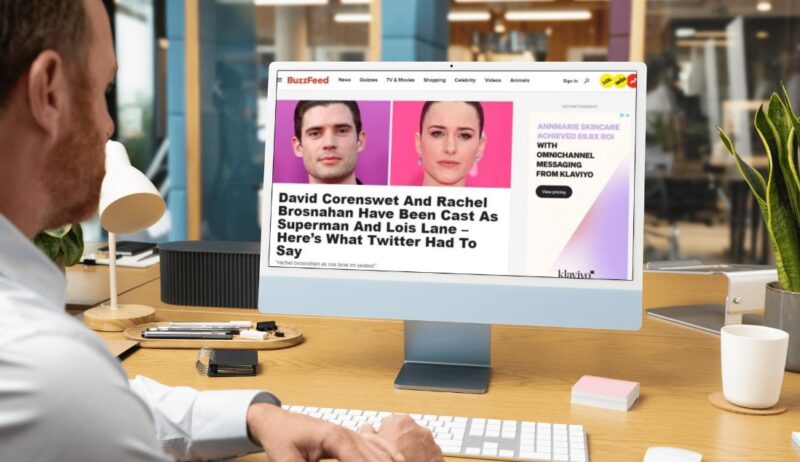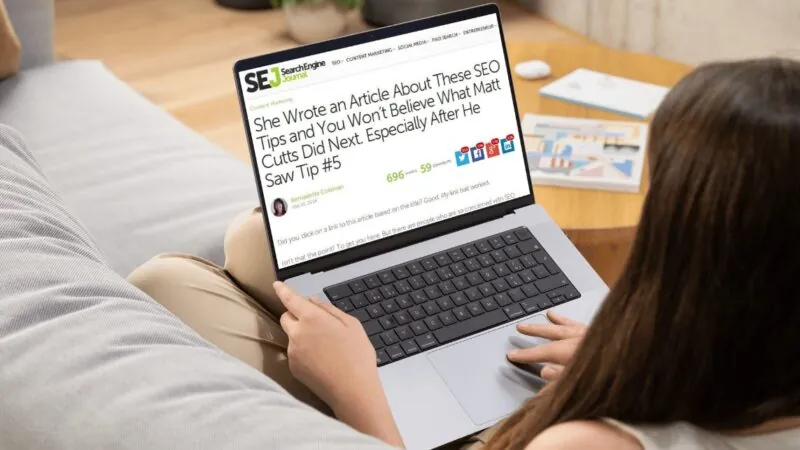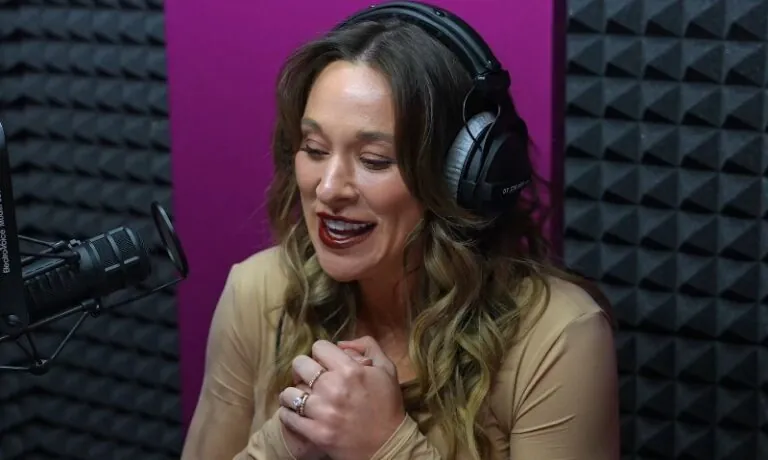Clickbait headlines have become a prominent feature of online celebrity news. These sensational or misleading titles are crafted to grab attention and drive traffic but often compromise accuracy and truth.
Their widespread presence can distort public perception and spread misinformation, making it essential to navigate such content critically.
Table of Contents
ToggleWhat is Clickbait and Why Does it Exist?
Clickbait headlines are crafted to serve one main objective: attracting clicks to boost website traffic and generate revenue. This financial incentive often drives publishers to prioritize sensationalism over factual accuracy.
Revenue typically comes through ad impressions and clicks, making every additional visitor valuable. However, the motives behind clickbait go beyond monetary gain.
Secondary Purposes of Clickbait
Certain publishers use clickbait to shape narratives or manipulate opinions, particularly in polarizing topics like celebrity gossip, politics, or social issues. By eliciting strong emotional reactions, outrage, curiosity, or sympathy, clickbait aims to increase comments, shares, and overall visibility.
In celebrity news, clickbait headlines often exaggerate, fabricate, or distort events to draw readers in. Examples include sensational claims of dramatic feuds or secret scandals, even when there is no credible evidence.
Characteristics of Clickbait in Celebrity News
Headlines promise revelations that are either non-existent or grossly overstated. Outrage, humor, or sympathy are used to provoke engagement. Articles often lack depth, relying on vague anecdotes or unnamed sources.
Clickbait differs fundamentally from legitimate journalism. Authentic reporting emphasizes research, reliable sourcing, and impartiality. By contrast, clickbait is often built on drama, designed to prioritize quantity over quality.
Tools for Detecting Clickbait
To discern the credibility of an article, readers can rely on tools like an AI checker to identify emotional manipulation, exaggerated claims, and unverified information. The approach can help separate reliable content from sensationalist distractions. Recognizing these dynamics allows for a more informed and critical reading experience.
Common Features of Clickbait Celebrity Headlines

Clickbait headlines in celebrity news use predictable tactics designed to grab attention and generate clicks. These tactics often rely on emotional appeals, sensational wording, and misleading visuals to lure readers into engaging with the content.
Misleading or Exaggerated Titles
Headlines are often crafted to sound shocking or unexpected, using attention-grabbing phrases like:
- “You Won’t Believe What Happened Next”
- “Shocking Truth Revealed”
- “Celebrity X Exposes The Secret They’ve Been Hiding”
These phrases rely on sparking curiosity or creating urgency, pushing readers to click even if the story lacks substance or truth.
Emotional Manipulation
Another common feature is the use of emotional triggers to provoke specific reactions:
- Headlines designed to stir anger or disbelief, such as claims of feuds or scandals.
- Stories focusing on personal struggles or tragedies, often dramatized.
- Teasers that leave key details out, compelling readers to click for the full story.
These tactics prioritize evoking a response over delivering accurate information.
Lack of Credible Sources

Many clickbait stories fail to cite reliable or verifiable sources. Instead, they use:
- Vague phrases like “insiders claim” or “sources close to the star.”
- No direct quotes or references to trusted outlets.
- Fabricated details presented as fact, making it challenging to distinguish truth.
Poor Quality Content
The content quality in clickbait articles often signals their lack of professionalism. Key issues include:
- Frequent typos and grammatical errors.
- Disorganized layouts that make reading difficult.
- Excessive use of ads and pop-ups, prioritizing clicks over readability.
Misleading Visuals
Images in clickbait headlines are often manipulated or entirely unrelated to the story. Tactics include:
- Photoshopped pictures that exaggerate situations or alter appearances.
- Stock images presented as candid photos of celebrities.
- Misleading thumbnails that do not match the story’s actual content.
Recognizing Clickbait Patterns
Identifying these features can help readers avoid falling for clickbait traps. By evaluating headlines for exaggerated titles, checking for credible sources, and questioning dramatic visuals, individuals can make more informed decisions about the stories they choose to engage with.
Methods to Spot Fake News and Clickbait

Identifying clickbait and fake news requires a combination of critical thinking and practical steps. These methods can help readers discern reliable information from exaggerated or misleading headlines.
Evaluate the Source
Understanding the origin of the content is a crucial first step. Reliable websites generally include specific details about their operations and ownership. Look for:
- “About Us” Sections: Reputable sites usually provide transparent information about their mission and team.
- Contact Information: A credible website will have clear and accessible contact details.
- Domain Names: Examine the URL carefully. Suspicious domains may use slight misspellings of well-known news outlets or non-standard extensions like .info or .buzz.
If a website lacks these elements, it may be unreliable.
Cross-Check Information
Never rely on a single source when evaluating a story:
- Search Multiple Platforms: Check if reputable outlets are covering the same topic. If the story is absent elsewhere, it may be fabricated.
- Assess Author Credibility: Research the writer’s background. A lack of professional experience or previous work can indicate a questionable source.
Analyze the Content
Delving into the article itself often reveals inconsistencies:
- Exaggerated Claims: Be wary of headlines that use overly dramatic language to evoke shock or outrage.
- Logical Inconsistencies: Contradictory statements or a lack of clear evidence often signal unreliable content.
- Sensational Tone: Watch for overly emotional or opinionated phrasing, as this often substitutes for factual reporting.
Verify Images
Photos often accompany clickbait headlines to lend credibility, but they are not always what they seem:
- Reverse Image Searches: Tools like Google’s reverse image search or TinEye can reveal if an image has been altered or reused in unrelated contexts.
- Unusual Visuals: Look for signs of manipulation, such as inconsistent lighting, unrealistic features, or mismatched contexts.
The Role of Social Media in Amplifying Clickbait
Social media platforms play a significant role in the proliferation of clickbait. Algorithms prioritize content with high engagement, often amplifying sensational headlines over accurate reporting.
Bots and trolls exacerbate the problem by spreading fake news deliberately. They manipulate public perception by amplifying fabricated narratives or promoting divisive content. Echo chambers further compound this issue, as personalized feeds reinforce users’ pre-existing beliefs, making them more susceptible to misinformation.
The responsibility lies with both platforms and users to counteract these dynamics.
The Bottom Line
Clickbait headlines thrive on sensationalism and misinformation, making it crucial to approach celebrity news critically. By fostering awareness and promoting responsible engagement with online content, individuals can contribute to a more informed and discerning audience.









